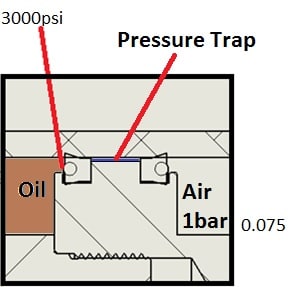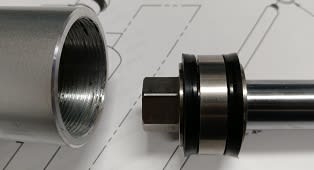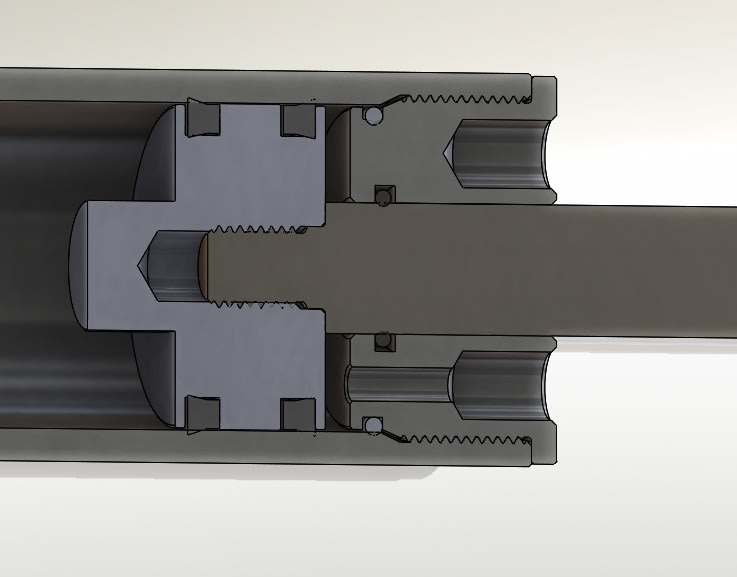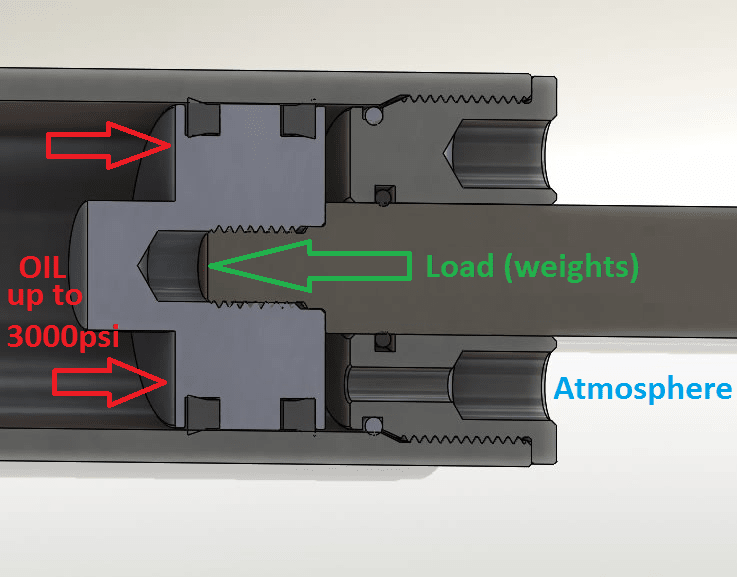A few questions:
Have you removed the seals from the piston and inspected them under some magnification to look for damage? Even a simple magnifying glass can help.
Are they being damaged at some point before they are installed?
Have you removed the seals from the piston and inspected the seal groove closely? If the seals are being installed and removed using a sharp steel pick, this can easily damage the groove. A brass pick can be used, unless it's an aluminum piston, but a plastic pick or wooden popsicle stick is gentler.
Who recommended the use of those particular seals and why? Is there any documentation on why these were selected?
How hard are your seals and what is the normal operating pressure? Even with the o-ring energized seals, if you are operating at very low pressures, the shape of seal that you are using there *may* still require internal pressure to energize the seal fully if the material is very hard. Very low operating pressures with very hard seals allow leakage, as mentioned above by @Compositepro. You may be able to use the same seal in a softer material.
The need for a bearing ring may be significant.
O-rings with backup rings or X-rings with backup rings should work pretty well in this application. The seal orientation you have should not trap much pressure. If you only ever have pressure on the fluid side, then drilling a hole from the side opposite the rod into the seal groove will allow fluid to escape back into the fluid cavity while maintaining sealing. That will work with an O-ring, but probably not with the type of seals you are currently using.
As @hydtools mentions, check the material. If the piston is just an extrusion or worse - a casting, then there may be pathways directly through the material that will not hold fluid pressure. I think Chevrolet had a problem with aluminum wheel castings in the 1970's on the Corvette that had this exact problem and the tires wouldn't hold air.
Options 3 & 4 in your original post seem pretty reasonable and sound pretty close to free to try. Have you tried those yet?
Engineering is not the science behind building. It is the science behind not building.





